
Breast self-exam is a vital part of the prevention of breast cancer. Women are today informed about how to do those exams and what to do if they feel a lump. Lumps and other abnormalities should be reported to a doctor as soon as possible, but it is important to remember that not all lumps are tumors, and even if they are tumors, they are not necessarily malignant. There are various types of lumps that can form in the breasts, and benign cysts are among the most common ones.
Types of benign cysts in breasts
The breast tissue undergoes many changes throughout the life, mostly influenced by hormonal fluctuations. For some women, variations in the levels of estrogen and progesterone during the menstrual cycle cause changes called fibrocystic changes. Women who have fibrocystic breasts often feel lumps that increase in size just before the period, as well as some mild discharge from the nipples. Fibrocystic changes are usually seen in women between the ages 35 and 50 and they are rare in post-menopausal women.
There are also the so-called simple cysts. They are sacs filled with fluid that can usually be felt in both breasts. They are round and soft to touch and they can change position when pushed. These cysts tend to become larger and more tender to touch before the menstrual period.
Fibroadenomas are the most common type of benign lumps in breasts. They are solid, round and can be moved when pressed or pushed. Fibroadenomas are caused by excess formation of glands that produce milk and of the surrounding tissue. They first appear between the ages of 20 and 30 and they seem to be more common among the African-American women.
Lumps in breast can also be caused by injury, after which the fat forms hard, round and painless accumulations.
Treatment for benign breast cysts
Since they are benign, breast cysts may not require particular treatment. However, it is vital to establish with certainty that they are in fact benign and not malignant, which may require biopsy.
A woman is advised to see a doctor if during her self-exam she feels an area distinctly different from other parts of the breast, lump or a mass, even if it is small as a pea, if the skin feels warm, inflamed, dimpled or scaly and if there is a discharge or blood coming out of the nipples.
If the doctor feels that something should be done even if the cyst is benign, he or she may recommend surgical removal or aspiration of the cyst using a needle.


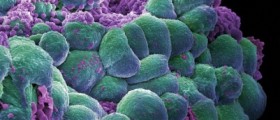









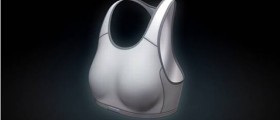
_f_280x120.jpg)
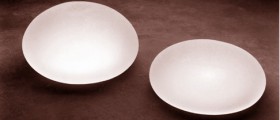
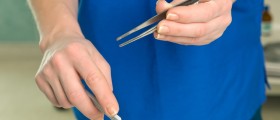
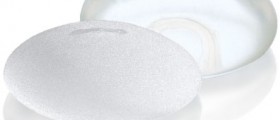
Your thoughts on this
Loading...